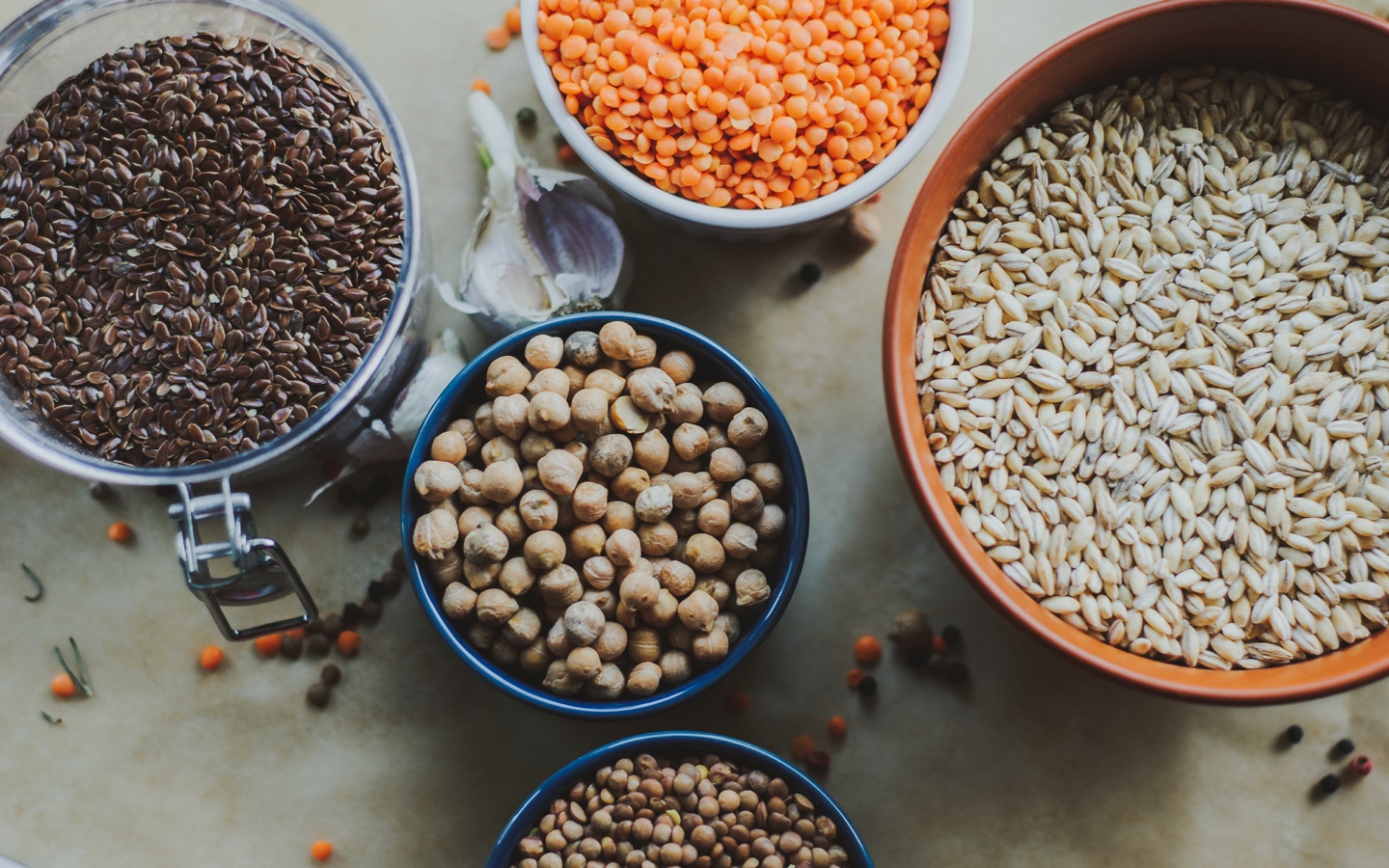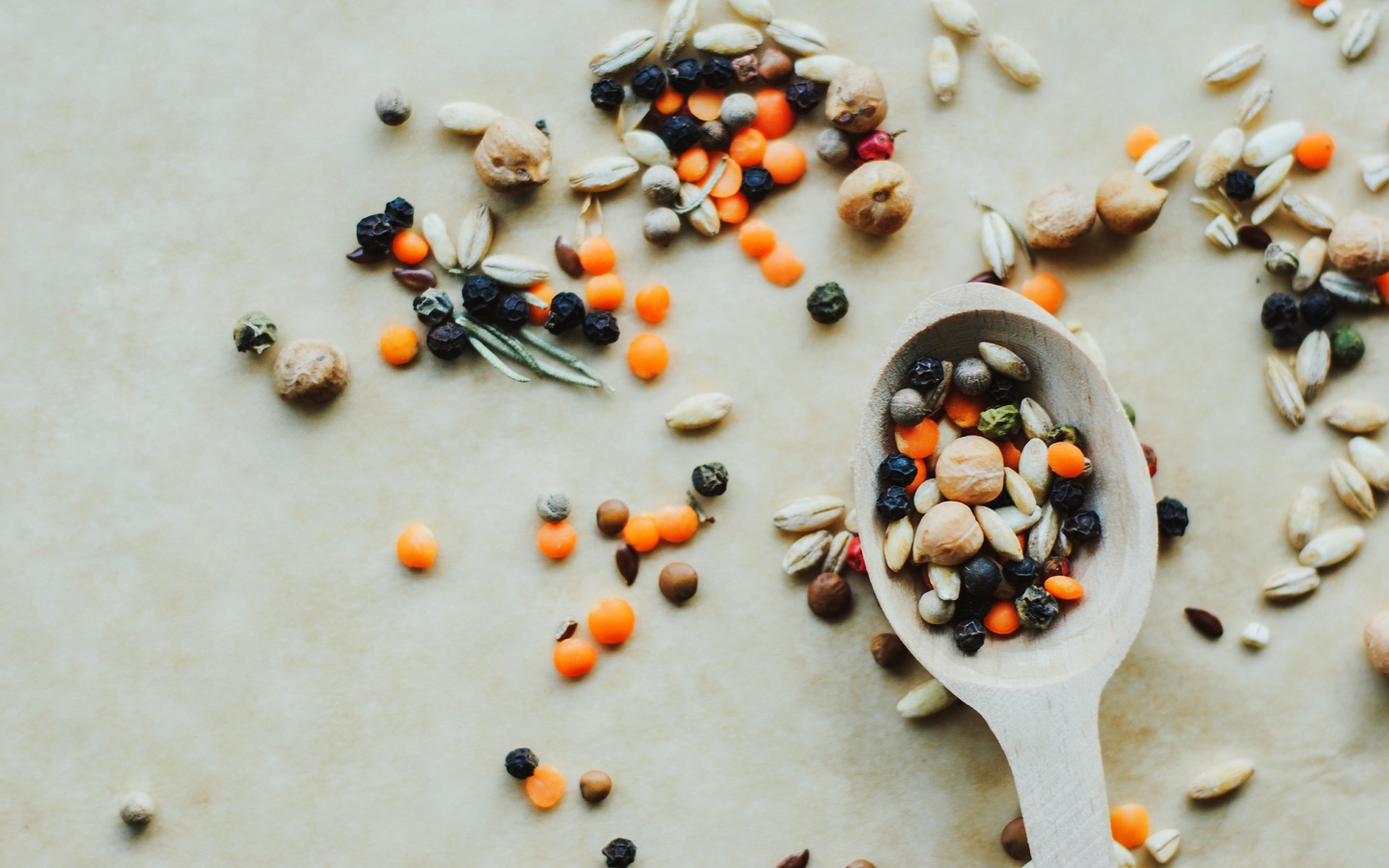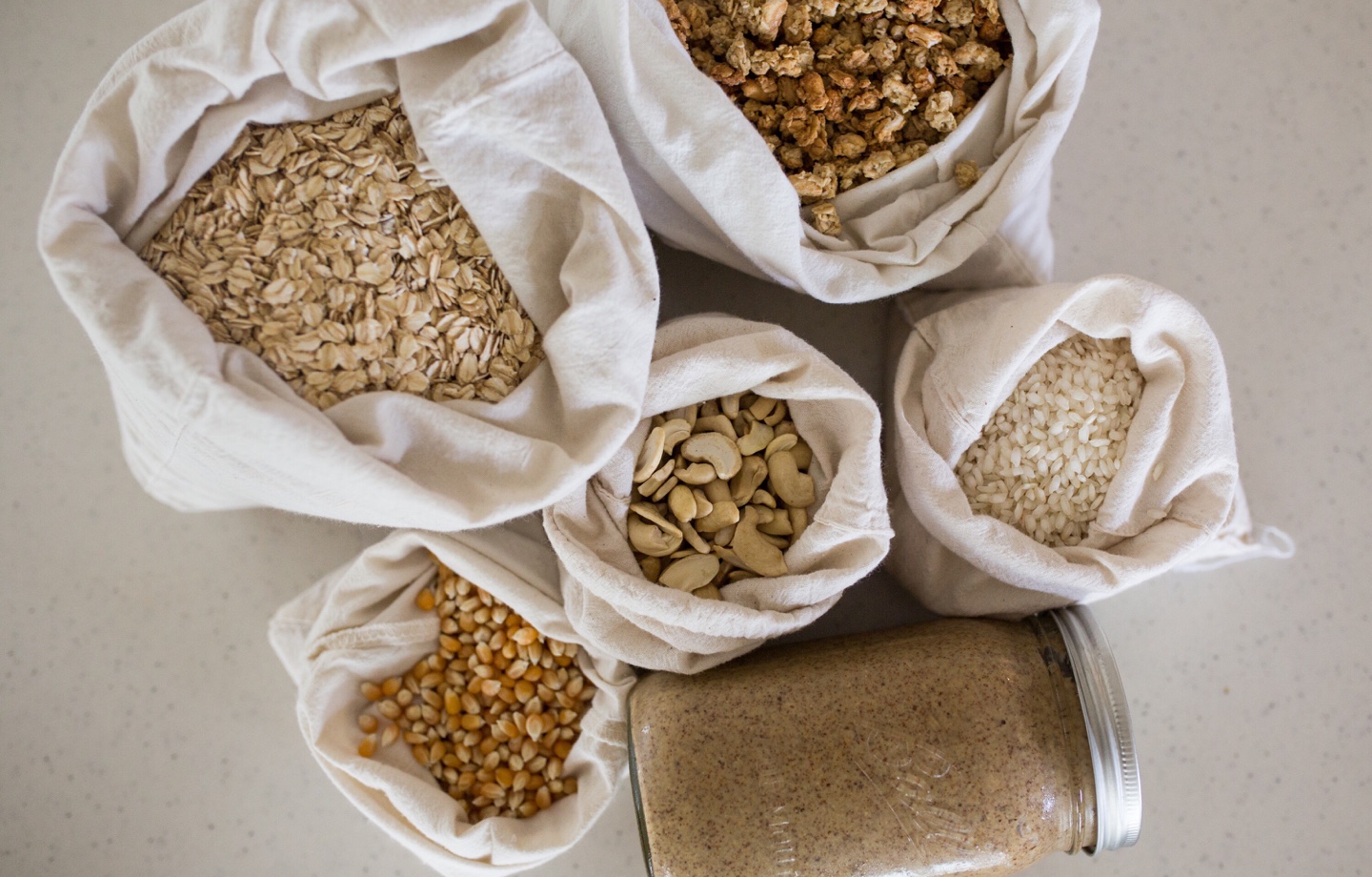Everyone’s looking to cut back on waste right now, and it’s amazing. Everywhere I look, I see a zero waste this, a reusable that, and it’s incredible to see so many people trying so hard to do their part.
But let’s get real — this ain’t easy.
The reality is that unless you’re living adjacent to a farm, reducing kitchen waste is a major headache. Almost everything comes in a package for sanitary reasons, and that kind of peace of mind is kind of hard to gamble when it’s your food on the line.
Bulk buying is generally pretty cheap, especially for grains, allows you to purchase foods in larger quantities. The idea that if you must buy something from the store, you can at least do it in a way that produces one package — and one trip to the store — instead of 10.
If you’ve never shopped for food this way before, it can seem a little overwhelming at first. Like most things, it’s best to start with one or two simple items in your kitchen at a time, before you go full-blown shelter mode and try to buy everything by the barrel.
Here’s how to get started buying your food in bulk — and how to reduce your waste down as far as you’re comfortable going.
How Much to Buy In Bulk
First of all, let’s get something straight: There is very rarely such a thing as a lifetime supply of anything.
Food going bad wastes even more, and isn’t worth the risk. So heed this advice: Only buy what you can reasonably expect to consume within 12 months, whether it’s deep freezer items or dry goods.
Where to Order Bulk Foods Online
Believe it or not, ordering bulk foods online is totally a thing. One of my favorite places to go is Frontier Co-op. They’re a member-owned sustainable spices, herbs, tea, and kitchen supply company that

OM Foods sells a wider variety of kitchen staples in bulk sizes, such as rice, lentils, sweeteners, nuts, and seeds. You can buy everything online, store it in bulk, and rest easy knowing that it’s all sustainably sourced.
But Shop Local If you Can
Ordering your groceries online adds increased packaging and shipping emissions. It also does not support your local economy. Thankfully, most stores are now offering a wider selection of bulk items that include things like freshly ground nut butters, honey, and even olive oil.
It’s not surprising to find these things at places like Whole Foods Market or your local co-op, but did you know major mainstream grocery chains like Smith’s and WinCo are stocking them too?
What Kinds of In-Store Containers to Use When Buying Bulk Foods
Let me just preface this by saying you don’t have to go the reusable container route when you buy bulk foods. It’s not that it’s a total pain (because it’s not), but sometimes it’s easier to commit to a change when you’re taking one step at a time.
That being said, if you’ve been buying in bulk for a while and have been looking for a way to bring your own containers, here’s the lowdown on how that works.
In most cases for dry goods, a muslin bag is more than fine. Seal it up with a secure drawstring and either attach a tag to your bag or make a note of the bin number on your phone.
Alternatively, if you’re buying bulk liquid items, you can bring in a pre-weighed jar, with the weight clearly marked. Whole Foods Market and co-ops see this kind of thing all the time, and they’re generally fine with it, but you’ll want to call ahead for other grocery stores.
Factoring in the weight of the jars will prevent you from being charged for the jars during checkout, as opposed to the weight of the items you’re actually buying.
How to Rotate Bulk Foods
Buying foods in bulk is kind of like running your own grocery store. You keep inventory, and by that method, you have to rotate stock.
As such, there are a couple of ground rules you’ll need to put in place to be sure you don’t cross-contaminate new foods with older ones:
- Don’t mix new foods with old ones. If you have to add some new stock to the same container, get a large bowl, dump what’s already in the container, add the new food to your storage container, and put the old on top. It’s not ideal, but if you don’t buy huge quantities at a time, it’s a good start.
- Date everything and keep the newest stuff at the back.
It’s pretty simple: Eat the oldest stuff first, rotate the new stuff through as you go through your foods.
What Kinds of Containers to Store Bulk Foods In
First of all, if you use certain foods on an almost daily basis, it makes sense to have two types of containers: a smaller one on hand for everyday use and one larger vessel for bulk storage.
You tap into the big one when your little container runs out, without having to heave a giant jar onto the counter every morning to make your oats.
When it comes to container types, materials can be a matter of preference, with a couple of must-haves that need to be taken into account:
- Make sure they’re air and water tight.
- Make sure your containers are food grade (anything food-grade is rated as BPA-free).
- Make sure they’re made from a durable material that’s pest-resistant.
Food grade plastic buckets are a great option for large amounts of bulk food storage. This company even makes them out of stainless steel.
STAINLESS STEEL FOOD GRADE BUCKETS
For transferring your larger containers into your smaller ones, it’s helpful to have some food-grade stainless steel funnels and measuring cups. I like this one from Norpro.
There are tons of great smaller refillable food container options, from countertop canisters made from recycled bamboo, to these awesome magnetic spice containers, and latch-top jars and bottles for your oils and sweeteners.

Where to Keep Bulk Foods When You Don’t Have a Pantry
For a long time I didn’t have a pantry, but really — I’ve never had a pantry. But what I did have was one too many coat closets downstairs, so I did what any bulk-buying mom would do: I made my own pantry.
You don’t need a Pinterest-perfect pantry to store bulk foods. Instead, make use of what you have. Choose a spare closet or cabinet that doesn’t see a lot of use. You can even buy a kitchen island and dedicate the cabinets underneath to dry bulk food storage.
Resist the temptation to use your garage though. Any space with a lot of high and low temperature fluctuations is going to increase your risks of growing mold and bacteria in your food, and that’s not cool.
What bulk foods have you tried buying? Tell us your favorite places to shop on Facebook or Instagram and tag us in the post! @AvocadoMattress

Shop Pillows
The Essential Organic Pillow Collection
Gentle, breathable, non-toxic support.






